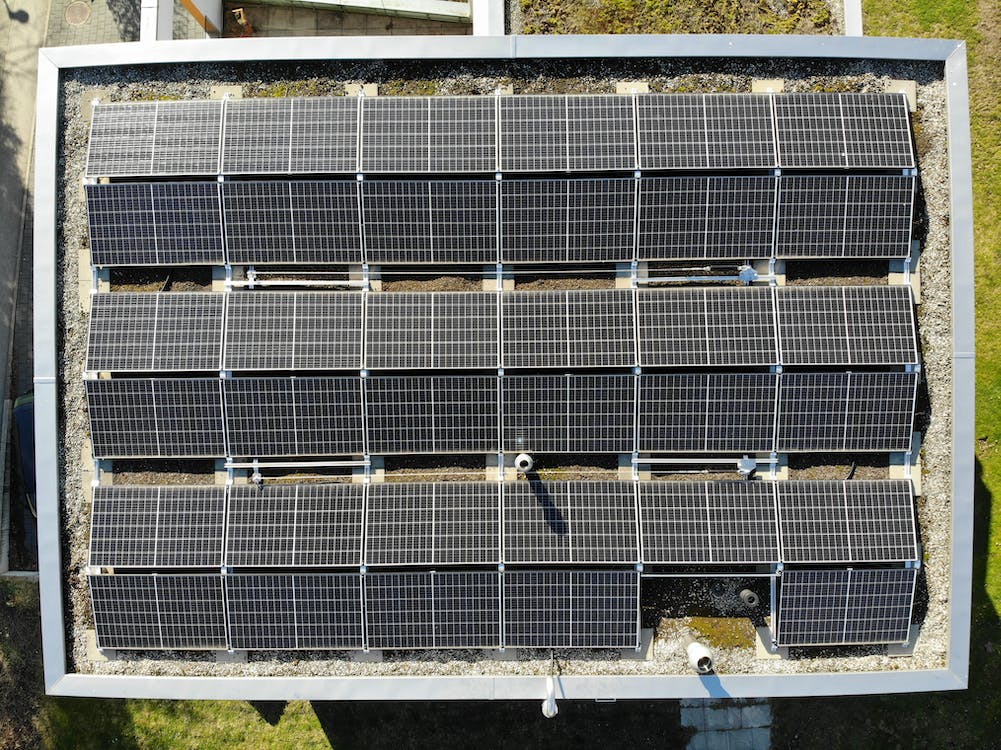Lower Your Home Expenses through Energy Efficiency Upgrades
Mark your calendars for October 30, dubbed National Weatherization Day and further endorsed by Governor John Carney as Delaware’s official Weatherization Day. This noteworthy date highlights the significance of home energy audits, a pivotal first step in Delaware’s weatherization process aimed at elevating a home’s energy efficiency.
The Weatherization Assistance Program (WAP), overseen by the Department of Natural Resources and Environmental Control (DNREC), isn’t just about making your home cozy. It’s a lifeline for lower-income families, providing them the means to achieve essential energy-efficient upgrades that might otherwise be out of their financial reach.
“Through our Weatherization Assistance Program, we’ve been able to empower countless Delaware families with the tools to trim their energy expenses,” stated DNREC Secretary Shawn M. Garvin. He took to the field on Weatherization Day, participating in an initial audit at a local residence. “What’s even more gratifying is that these energy savings dovetail with our broader environmental ambitions—reducing greenhouse gas emissions by half by the year 2030 and aiming for a net-zero emissions status by 2050.”
But let’s talk numbers. WAP delivers its services completely free of charge to eligible low-income households. According to data from the U.S. Department of Energy, families are pocketing an average savings of $372 per year post-weatherization. Besides the financial relief, these energy optimizations have ripple effects on health and overall home comfort.
When a household’s application gets the green light from WAP, the journey begins with a comprehensive, no-charge home energy audit. This audit lays down the roadmap for improvements, which can range from sealing air leaks and replacing shattered window panes to attic insulation and optimizing your heating and cooling systems.
Ben Keyton, who is affiliated with Total Home Performance—the subcontractor currently spearheading one such home upgrade—emphasized the need for updating insulation and ductwork in older homes. “Modernizing a home’s insulation, coupled with sealing the ducts, can deliver substantial improvements,” he pointed out.
On-site were also representatives from the Energy Coordinating Agency (ECA), contracted by WAP and operating under the Division of Climate, Coastal and Energy, who were eager to answer any queries about navigating through the Weatherization Assistance Program.
But wait, there’s more! Residents who avail themselves of the Weatherization Assistance Program might also be eligible for either low-cost or fully subsidized solar installations via DNREC’s Low- to Moderate-Income Solar Program. For those meeting the low-income criteria, free solar installations of up to 4.0 kW are available. Meanwhile, moderate-income households can enjoy a 70% subsidy from the LMI Solar Program, with the remaining 30% financed by the homeowner, for systems scaling up to 6.0 kW.






